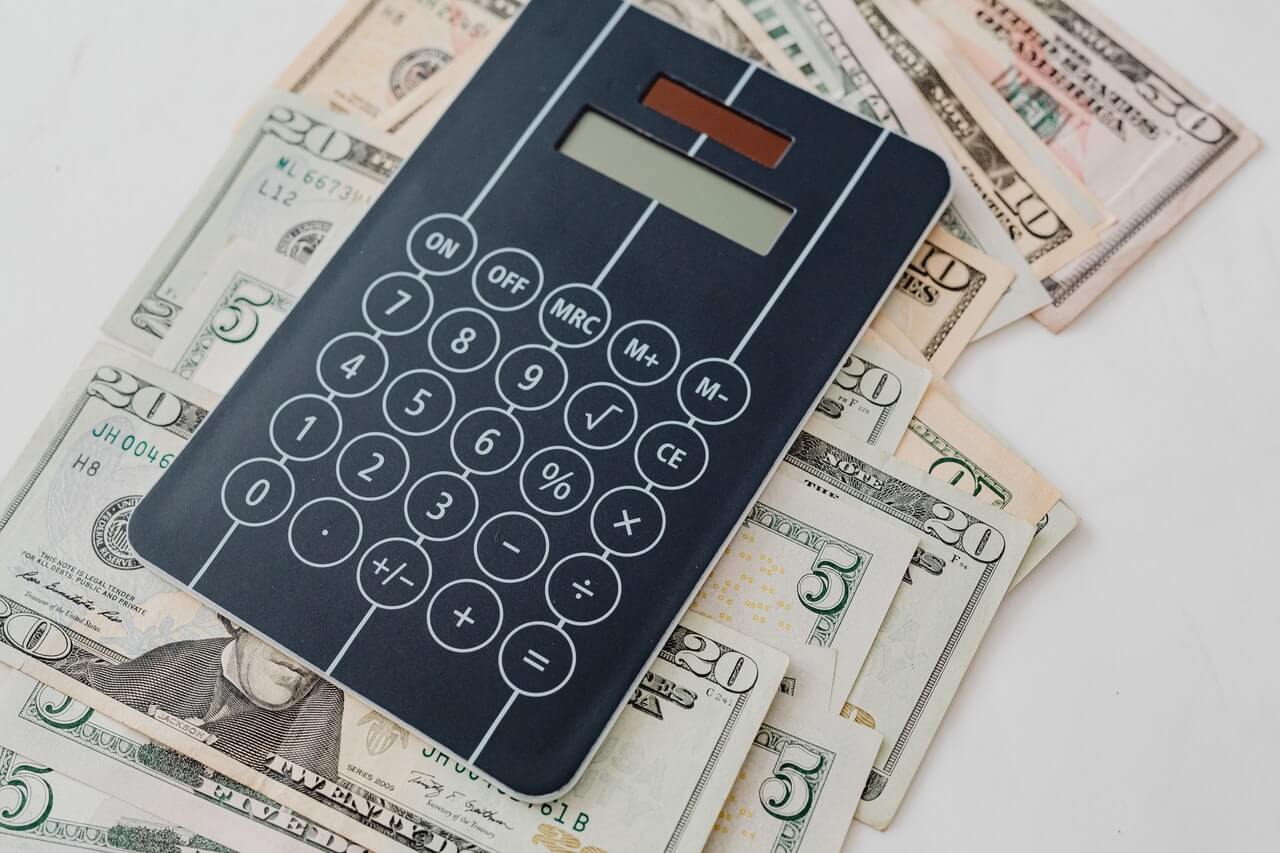The target market for payday loans is typically consumers with a less stable financial profile, making them high-risk borrowers. To compensate for this, lenders offer the loans with a very high annual percentage rate (APR).
What Is An APR?
An APR is the interest rate that borrowers pay investors when they take out a loan. It is calculated as an annual percentage, even for payday loans which are typically short-term. APR represents the annual cost of funds for a lender and the lender is free to choose any additional fees which may or may not be included. In some cases, you might not get the advertised APR for a loan – this is for a range of factors, many of which we will talk about below.
What is The Difference Between Cost of Funds and APR?
The cost of funds refers to how much money a financial institution must pay to obtain funds. The lower the cost of funds, the greater the return when lending money. Thus, the difference between the cost of funds and the APR incurred by borrowers will be where most financial institutions make their money. Before deciding whether or not to lend, lenders will assess the cost of funds to see how profitable it is for them.
Key Points
- Payday loans are one of the most expensive ways to borrow
- In States with no restrictions, APR can be as high as 780% APR
- The high-interest rates are due to the risky nature of the loan
What is The Average APR For Payday Loans?
Payday loans are known for having some of the highest APR rates on the market, though the exact amount will vary between lenders. The average amount tends to be around 400% (between $15 to $30 per $100 borrowed) such as Alabama and payday loans in California. As a comparison, APR for credit cards tends to be between 12% to 30%.
What is The Maximum APR?
Although a payday interest cap has been implemented across many states, a huge proportion of the United States still permits payday loans with no legislation. For those restriction-free states, some of the higher APRs can be as much as 390-780% APR, including states such as Nevada and Texas.
APR is calculated as an annual percentage, even for short-term loans such as payday loans.
Why is APR so High for Payday loans?
Payday loans are an expensive loan type due to working on a short-term basis and their relatively high risk. If a consumer is looking to borrow $300 across two weeks, 5% of the loan is $15. Working on the assumption that a lending fee is done as an annual charge, that interest rate will need to be rolled over 26 times. That means the loan APR will be 130% before any other costs.
Even though payday loans in and of themselves are expensive, there are a few other reasons why APR for payday loans is so high:
Unsecured loans
Payday loans are unsecured which means any collateral does not support them. If the payment defaults, the lender cannot repossess any assets. Subsequently, this means that these loans are higher risk for the lender.
Unstable financial profile
The typical payday loan user is someone with a poor credit history meaning that they are not able to demonstrate reliability in their payment history. In fact, payday loans are one of the only available options for those with bad credit as the majority of financial institutions refuse to lend to this type of borrower. This means that borrowers need to protect themselves with a higher APR and are also in a position to demand more as they are the only option left.
Short term loans
Payday loans are a type of short-term loan, typically around 2-4 weeks long. As APR is calculated annually, it means that weekly figures must be multiplied by 12 or more. Thus, the APR can easily reach 3 figures.
Payday loans are often not repaid
Payday loans, more than any other type of loan, are often not repaid by the borrower with around 15-20% of borrowers unable to repay their loan at the end of the term. In fact, 1 in 4 payday loans are re-borrowed a minimum of 9 times.
APR supplements running costs
Lenders are able to charge any fees they deem reasonable and include this as part of the total APR. This means that the operating costs of a payday loan company, potentially including shop overhead, cost of employers or running credit checks, can all be charged to the client.
Speed Of Lending
In many cases, the loan gets paid on the same day and so the lender has to make very quick decisions about the borrower. This means that sometimes mistakes are made which leads to people defaulting on repayments. This adds to the cost and why APR can be high.



